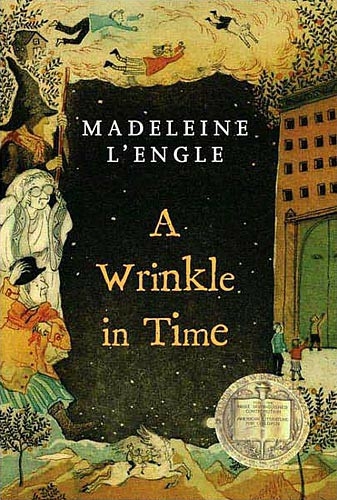A place with a spectacular landscape and colorful history is guaranteed to attract writers of all kinds, and Ocracoke certainly does.
While the pandemic was at its peak, I decided to tackle several recently published books about the island that have come to our attention.
These were sent to us except for one I found in the Village Craftsmen, even though they are technically not in the book business. The Observer receives many unwanted books and cannot review them all. This is a selection of fiction.
When reading about one’s place of residence, it is often with a curious eye to get geography, history and culture correct, but I have noticed with these and other fiction books about Ocracoke that some details are usually thrown aside in favor of artistic license. .
It’s OK, and “Love, Judie Kate” by J.T. Allen, understands a lot of geography. It’s about a May-December romance at Ocracoke during an Ocrafolk festival.
Allen, who is a professor of religion, history and the humanities, is one of the soundmen for the annual festival. So his description of the festival is perfect. Allen created fictitious names for the band Molasses Creek and the shops and restaurants on the island, but then, all of a sudden, it’s the name of a real person on Ocracoke. Why this one when all the other names are fictitious?
Judie Kate’s character has some issues with image / trust as a teenager, and this book is about her journey and finding love.
The festival is the scene of Judie Kate’s growing age at Ocracoke, amid the threat of an overly Christian fundamentalist young man obsessed with her and the slender “rompers” many of the young women at Ocracoke wear, seemingly indecent. Oh, and there’s a rapist on Howard Street.
Two of the books contain hurricanes.
One is “The Clock Struck Midnight” by Sandra Wells, in which a young woman decides to buy a bar at Ocracoke.
One night, when the “town hall bell” strikes midnight, she accidentally conjures up the ghost of Blackbeard, the pirate who was killed outside Ocracoke in 1718. In this story, Blackbeard is a business adviser, confidant, protector and babysitter.
Aside from some hilarious phrases (like the city clock above), a series of typos (like “chocked” for “choked),”, comma and more, it’s a short, entertaining read and describes an island hurricane quite well.
“Egret’s Cove”, a mystery by Douglass Quinn, finds the main character, Webb Sawyer, who comes to Ocracoke in the low season to fish with an old friend, Blythe, but discovers that she is missing.
Finally, he determines that Blythe was kidnapped, and he embarks on a hurricane to retrieve her.
Sawyer is a tired scout who at Ocracoke seems to meet mostly unattractive women of all ages whom he refers to as “girls”. An insulting description of a woman’s laughter: “It was like a cross between a howler monkey with laryngitis and a dying hyena.”
Quinn, from Elizabeth City, is the author of four other Webb Sawyer books and a number of other thrillers, historical fiction and children’s books.
The Ocracoke book that really gripped me, however, is “Aphrodite’s Whisper,” a historical fiction by William Charles Furney.
Furney is the author of “Black Hearts, White Bones” about female pirates Anne Bonney and Mary Read. I have not read it, but I will after reading this excellently designed magazine about the famous surfers of the Outer Banks, which was later folded into the US Coast Guard.
It is a harrowing but favorable shipwreck, encounters with the Wright brothers in the early days of aviation and the First World War.
Furney has created strong characters and an engaging plot.
His main character, Caelyn Canady, a beautiful New Yorker who accidentally finds herself at the Ocracoke and the Outer Banks in 1903, is a strong heroine who preaches the women’s movement.
His other characters were just as well drawn, although I have to take a bit of a problem with one – an “old black woman”, who, like the “magic negroes” in some American movies, helps the white characters with their prophetic visions.
Furney kept me guessing with his plot twists, although it was a revelation towards the end that was not explained in detail, and if it had been explored, it could have changed the whole story.
Furney also includes the author’s notes at the end that explain some of his factual changes in the service of the story.
Nevertheless, this book kept me from turning the page and I missed these characters after I finished the book, which for me is characterized by good reading.



